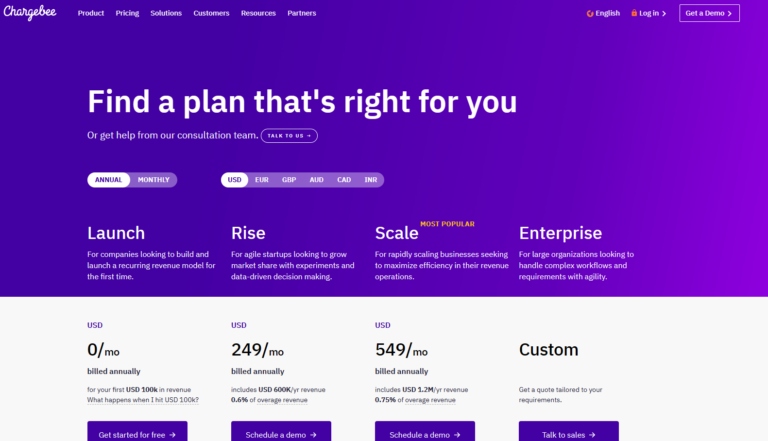What Is a Volume-Weighted Average Price Indicator?
In modern fiscal markets, managing risks and using analytics are pivotal in decision-making. Traders who merely follow trends and base their strategies on others’ actions expose themselves to higher risks, especially during volatile market shifts. That’s why the Volume-Weighted Average Price (VWAP) is a crucial concept nowadays.
Seasoned investors employ various tools and technical indicators to analyse stock prices and assess movements in the Forex market. Among these tools, the VWAP stands out as it provides insights into an asset’s value fluctuations over the trading day. VWAP becomes a valuable resource for traders seeking informed decisions when integrated with other indicators.
How to Utilise the VWAP Indicator
Throughout active trading sessions, the VWAP proves to be a valuable asset for monitoring a security’s price movements alongside its trading volume. Resetting at the start of each trading day accurately reflects the day’s volume-weighted pricing dynamics, aiding traders in making informed decisions throughout the trading hours. This indicator holds significant importance for short-term traders as it enables them to pinpoint optimal entry and exit points within the market.
Widely employed in stock trading, the VWAP serves as a critical tool for assessing intraday market dynamics and guiding traders in determining whether to adopt active or passive trading. Additionally, forex traders use VWAP to identify and capitalise on fluctuations in the value of currency pairs.
The VWAP serves as a crucial partner in confirming market patterns and assisting traders in discerning bullish or bearish trends. Crossing above the VWAP suggests a potential long position, whereas falling below it indicates a possible short position, guiding traders in determining the type of orders to execute.
Utilising VWAP, investment firms like mutual funds and hedge funds can execute large orders to minimise market impact. By strategically buying below or selling above the VWAP, they aim to mitigate price deviations from the average, thereby facilitating smoother market interactions.
The VWAP is a straightforward calculation that combines trading volume and asset price to establish a benchmark for evaluating market prices and guiding trading decisions. Throughout the trading day, the asset’s value is computed by dividing the total dollar value of transactions by the total number of shares traded.
While most trading software automates the VWAP calculation process, manual calculations can be done using Excel. Here’s a simplified method:
- Calculate the average price for a specific period, such as five minutes, by averaging the high, low, and closing prices [(H+L+C)/3].
- Multiply this average price by the trade volume during that period to find the Price Value (PV).
- To find the VWAP, sum up all the PVs across all periods and divide the total by the entire trading volume.
VWAP and Moving Averages
Both Moving Averages (MA) and the Volume-Weighted Average Price (VWAP) are commonly employed indicators in trading, each offering unique perspectives. VWAP is considered a lagging indicator as it draws from historical data to generate a precise daily price average, applicable across various timeframes such as minutes or hours. Its calculation incorporates both price and trade volume, providing comprehensive insights.
In contrast, the MA indicator calculates the average closing prices over a specified number of periods. While MAs are helpful, VWAP’s volume data integration typically leads to more accurate analyses, empowering traders to make informed decisions.
On trading charts, the VWAP is represented as a line intersecting the asset’s price, illustrating fluctuations in the daily average price. When the VWAP line surpasses the current market price, it suggests a potential price decline. Conversely, a VWAP line below the prevailing rate hints at potential price increases.
Moreover, when the market price intersects above the VWAP line, it signals a bullish trend; conversely, crossing below indicates a bearish market, providing traders with insights on whether to initiate or close positions.
Main VWAP Trading Tactics
Various VWAP trading methodologies are employed to optimise trading outcomes. The VWAP Bands Strategy, for instance, hinges on trading decisions relative to the upper and lower bounds encircling the VWAP. Closeness to the upper band suggests an uptrend while nearing the lower band indicates a downturn, prompting short positions.
Pullback strategies, on the other hand, capitalise on momentary price retractions within persistent trends. In an ascending trend, when prices dip below the VWAP, traders may opt to sell in expectation of a pullback to the middling, followed by a subsequent purchase in anticipation of a modest price rise.
The Pair Trading Strategy uses the VWAP’s mean reversion by executing simultaneous buy and sell orders based on VWAP positioning: buying when the price is beneath the VWAP and selling when it exceeds it.
Strengthening VWAP with Other Technical Indicators
Augmenting VWAP with supplementary technical indicators like Trend Lines and Bollinger Bands can heighten the accuracy of trading strategies. Trend Lines uses VWAP to evaluate touchpoints, simplifying the process of forecasting bullish or bearish market trends. Meanwhile, Bollinger Bands, characterised by a three-line layout illustrating market movements, aids in pinpointing optimal entry and exit points within the market.
Final Thoughts
In conclusion, VWAP stands out for its accuracy, offering real-time insights and adaptable analysis through Anchored VWAP across various time frames. However, its primary drawback lies in its nature as a lagging indicator, which may result in delayed reactions to sudden market shifts. Additionally, VWAP is best suited for short-term trading strategies as it resets daily.

